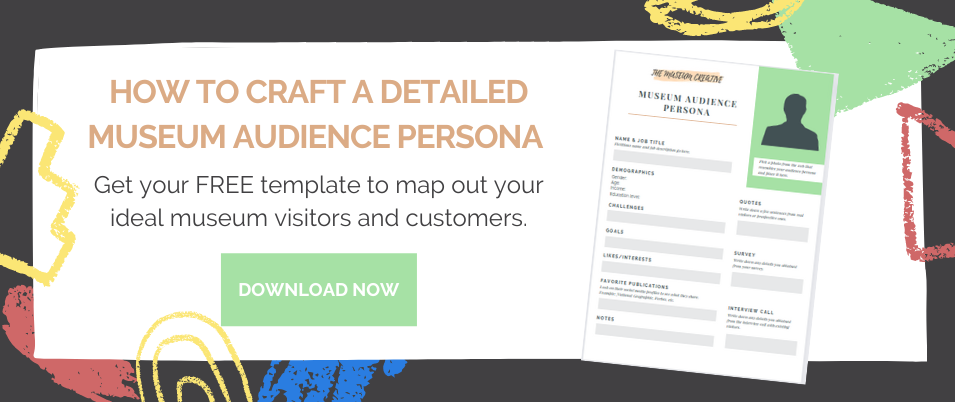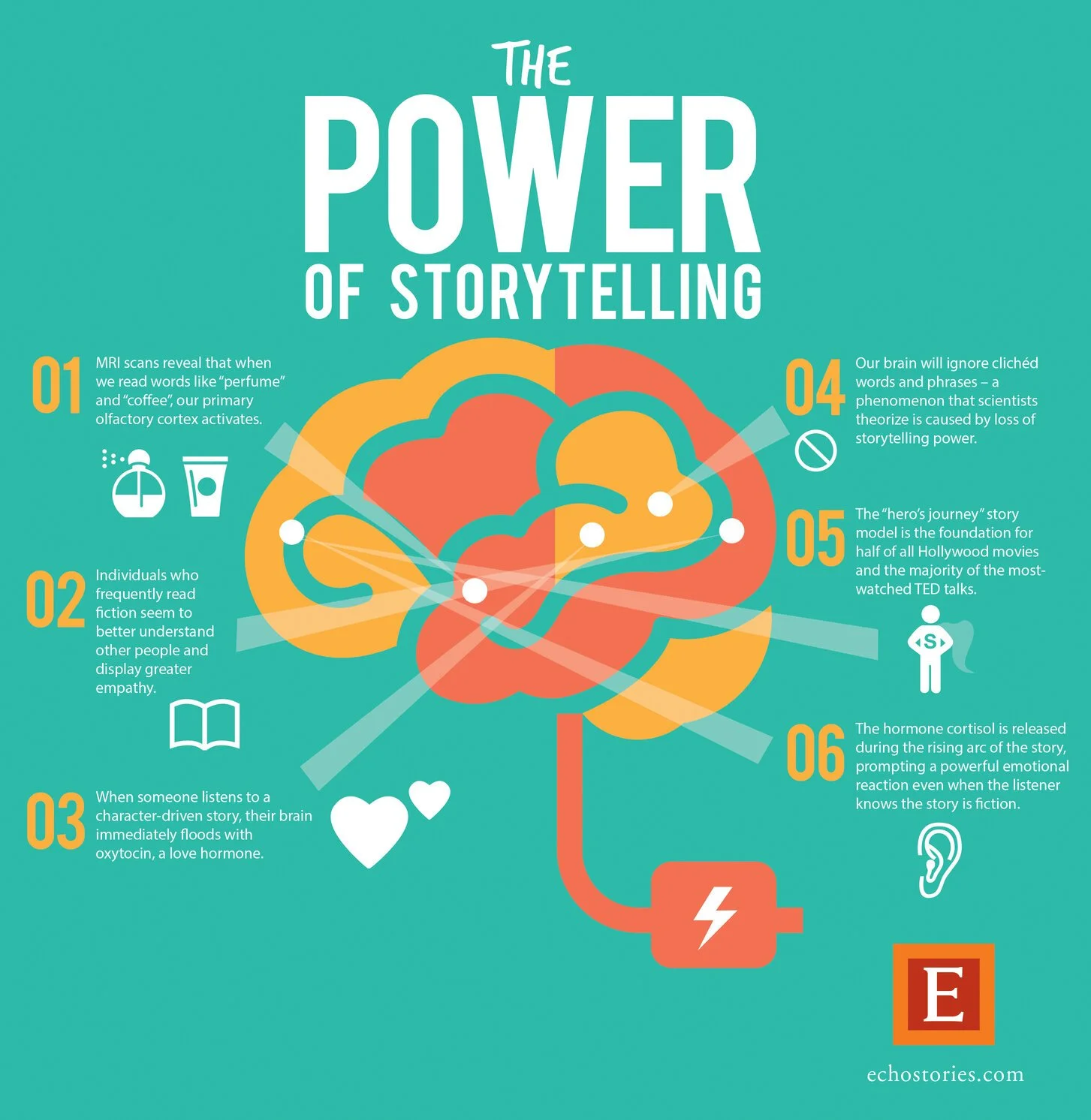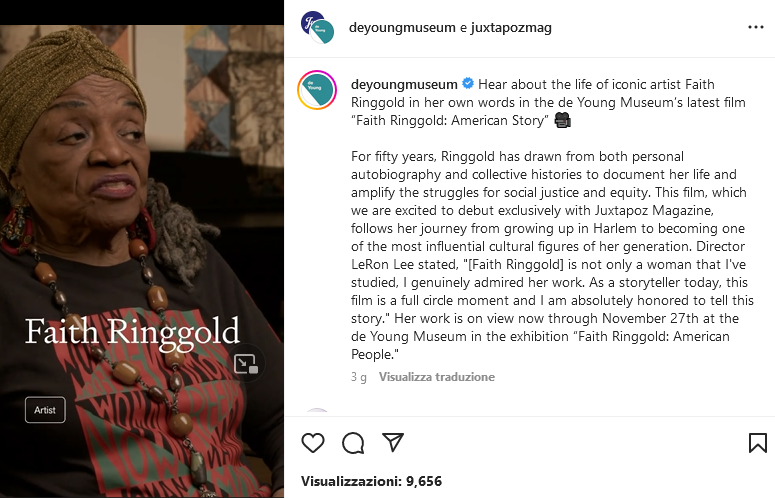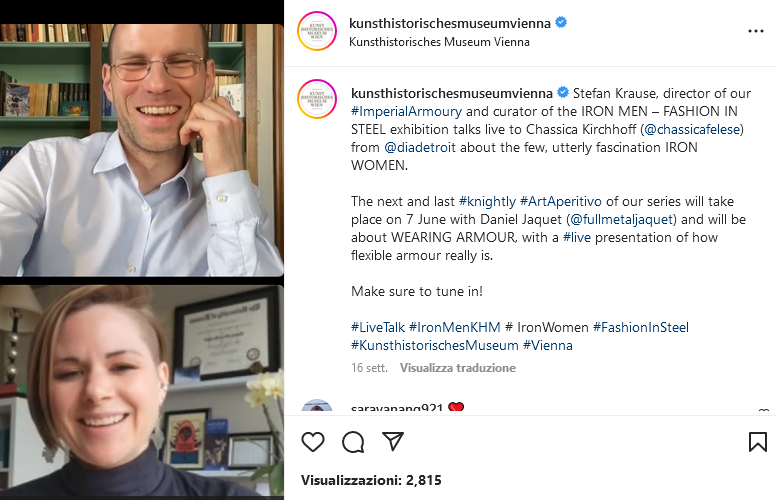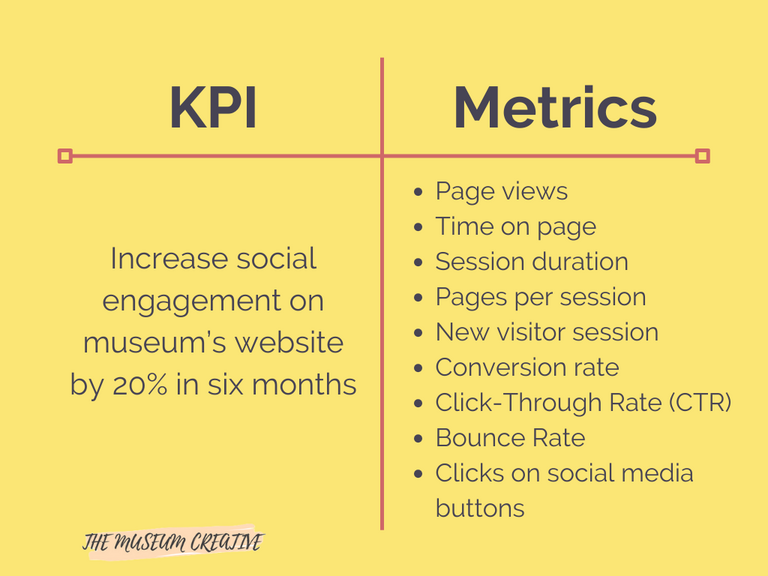Museum Audience Development: How to Grow Your Online Audience With Content Marketing
How can museums attract more visitors and cement relationships with their audiences?
That’s a huge problem that many cultural institutions are dealing with these days.
And the pandemic made it even worse, with a loss of income superior to half of the museums’ annual revenues and a drop in attendance higher than 90%. (ICOM, 2021)
Growing digital presence, bettering audience experience, meeting visitors’ needs, driving footfall, and increasing sales have all become urgent needs for museums’ survival.
But none of this is possible if you don’t have a museum audience development plan up your sleeve.
With it, you’re able to:
Provide valuable, high-quality content that encourages your audience to engage with you and commit to your offers.
Make your museum more appealing and accessible to the wider public.
Increase on-site visits and long-term success.
And the best part is that it won’t be a struggle to achieve your goals once you implement the right process.
In the following paragraphs, you’ll learn nine effective strategies to help you scale your online presence, expand your reach, and develop a loyal following that keeps coming back to you.
Keep reading and start creating your plan! 😉
Museum Audience Development - Table of Contents
Why Have a Museum Audience Development Plan?
9 Tactics to Build a Successful Museum Audience Development Strategy
Why Have a Museum Audience Development Plan?
Your audience is the people who consistently show up and support your institution. They’re your brand ambassadors and faithful fans who share your same values, benefit from your services, and recommend your museum to others.
If you want to turn the users who stumble upon your social media posts, website, or blog, into engaged leads and customers, you must hone in on authentic content that fulfills their needs/problems/desires.
Why?
Because creating content for them is the main ingredient for high conversion rates and audience growth!
All you need to succeed is a museum audience development plan focused on valuable content.
But what is an audience development plan? And why is it so important?
An audience development plan implies putting your visitors/customers center stage, understanding what they want, and presenting your brand identity, collections, and services in a clear, accessible, and enticing way.
It helps you:
Optimize your marketing activities.
Ease your content creation process.
Increase brand awareness.
Develop loyalty and long-term relationships.
Achieve your desired goals.
Get financial sustainability.
This way, not only will you expand your online visibility and drive more traffic to your site, but you’ll also start seeing more engagement!
9 Tactics to Build a Successful Museum Audience Development Strategy
Growing and sustaining an audience requires a great deal of effort, time, and patience.
It may seem challenging at first, but with strategic and consistent audience-building habits, you’ll get massive returns and continuous growth.
Let’s dive into nine impactful ways to devise a museum development plan that skyrockets your digital presence and customer engagement.
1. Know Your Audience
Defining your ideal visitor/customer drives the effectiveness of your museum audience development plan.
It’s essential to know what your target audience wants and how you can meet their desires.
Ask yourself:
Who are they? (Look into their interests/habits/lifestyle).
What problems do they have that you can solve? (This is key to creating valuable content that answers their questions and provides solutions).
Where are they online? (Show up consistently on the platforms where they’re most active).
Be as detailed as possible in your research to drive more leads, have better interactions, and build stronger relationships.
By addressing your audience’s pain points with helpful content, you’ll start being seen as a reference point in your industry.
So, take the time to know your audience, listen to them, and use what you find to refine your content strategy.
2. Create Compelling Stories
Storytelling is one of the most powerful tools to enhance your museum audience development.
Stories are part of our identity: we communicate better through them; we get more personal and create an emotional connection with our listeners or readers.
They’re the perfect way to:
Share your brand values.
Boost awareness.
Get word-of-mouth referrals.
Educate, inspire, and engage your audience.
Promote your collection, exhibits, and other initiatives.
Stand out from the competition.
Plus, they make your content memorable, relatable, and easy to digest.
The power of storytelling. (Echostories)
Here’s what to include in a story:
Beginning: tackle the problem or need your audience has.
Middle: describe the solution and transformation they’re looking for.
Ending: show them you can help them through your services/programs.
Whether you present a rare collection object or promote your next art event, share it in a story - people will remember you and keep coming back.
3. Develop a Content Calendar
Planning and scheduling your content in advance is the lynchpin of effective museum audience development.
Remember: your audience expects consistency and reliability from you. With an editorial calendar, you ensure that by getting valuable content in front of them repeatedly.
Outlining a strategic calendar takes time and effort, but it’s the best way to:
Stay on track as you build your audience.
Have clarity on the type of content to publish.
Set your workflow.
Easily manage timelines and tasks.
Achieve your marketing goals.
Editorial calendar. (Hubspot)
According to CoSchedule, proactive planners are 3x more likely to report success, with 674% of business growth.
That’s mindblowing!
If you…
Organize your content creation process.
Gather data on your existing and potential visitors.
Analyze the competition.
Do social listening to find trending topics.
…you’ll be able to reach the same level of success. You’ll deeply understand your audience, anticipate what they want to see, and set the basics for lasting relations.
4. Grow Your Email List
Getting people to subscribe to your newsletter and open your weekly emails is another powerful museum audience development tactic.
It helps cultivate deep relationships by keeping your target audience engaged - they stay connected with you through exclusive content that invites them to come back for more.
But here’s where the best part comes in.
If you offer subscription incentives like discount codes, freebies, webinars, online events, etc., you’re bound to attract the right audience and put your services in front of loyal prospects willing to buy from you.
Think about it.
Whoever wants access to these types of content shows an interest in your industry - hence, they’re more prone to submitting their email address.
Email marketing revenue will grow exponentially in the next few years. (Statista)
Be strategic about the type of gated content you create, tailor it to your audience, and keep investing in email marketing to reach your ideal visitors/customers.
5. Write Your Museum Blog
Content needs to drive the audience to become faithful fans. All your museum audience development efforts would fall flat otherwise.
And what’s a better way to boost engagement than writing a museum blog?
Endless benefits come from consistent, ROI-focused blogging.
Here are a few:
Increased web traffic.
Brand awareness growth.
Effective lead nurturing.
High conversion rate.
Wide online exposure.
Creating and sharing SEO-friendly blog posts is the most scalable and affordable way to reach your ideal readers.
Believe it or not, of all the content formats on the web, blogging has the longest lifespan and the best long-term performance.
The average lifespan of a blog post is 2+ years. (Content Hacker)
6. Run Live Streams on Social Media
Social media plays a prolific role in a museum audience development strategy, offering a huge opportunity to reach wider audiences and expand your customer base.
For higher engagement, you must show up where your target audience is and create content that matters to them.
Written posts, images, and videos are great options to entice your online community.
However, if you aim to leverage brand awareness and foster quality relations, use live streaming as your trump card.
Live streaming sessions (webinars, Q&As, giveaways, virtual tours, etc.) work excellently to:
Pull in potential customers.
Gain insight into their needs/wants.
Have real-time conversations.
Promote your offers.
Make your brand memorable.
It's not a case that 28% of today’s marketers are investing more in live streams and 82% of users prefer live video over a company’s social posts.
A few recommendations for a successful live stream program:
Set clear goals for your sessions (grow newsletter subscriptions, increase footfall, etc.).
Keep in mind what resonates with your audience.
Invite special guests to help you promote your initiatives.
Choose the live stream platform that works best for you (YouTube, Instagram, Facebook, etc.).
Commit to an ongoing live-streaming schedule.
Get inspiration from others for valuable content ideas.
Monitor your performance for better results.
Be strategic and consistent when running live streams. But, most importantly, keep your viewers involved by interacting with them and prioritizing their responses during your broadcasts.
7. Optimize Existing Content
Who said you must write something from scratch all the time?
Repurposing your content is one of the best marketing ideas to level up your museum audience development process.
It’s about singling out your most relevant existing blogs, web pages, social media posts, or videos and transforming them into a new format (like turning a blog post into a podcast episode).
By doing so, you’ll…
Ease the creation process.
Get your content in front of new users.
Amplify your reach.
Keep the engagement high.
Satisfy your community’s preferences.
Protip: when you go through your past high-performing content pieces, evaluate if they’re still relatable to your audience; think about how to improve them and what to change to make them more impactful.
8. Focus on Conversion Metrics
As you lay the groundwork for effective museum audience development, it’s essential to stay on track by measuring your KPIs (Key Performance Indicators) and related metrics.
Focus on what matters for the long-term success of your museum; analyze your marketing efforts, define clear and realistic goals, and adjust your content strategy when needed.
Some metrics to consider:
Web traffic (What’s the number of visitors landing on your website? Where does traffic come from?).
Email subscribers (How many people join your newsletter?).
Social media engagement rate (What’s your following’s behavior? How do they respond to your content?).
SEO performance (What’s your SERP ranking? What keywords drive more traction?).
Leads and conversions (How many convert into visitors/customers?).
Net Promoter Score (Are your customers willing to recommend you to others?)
These data are useful indicators of how you’re being seen by your target audience - they help you leverage your brand value and the quality of your relationships.
9. Keep Your Audience Engaged
Continuous engagement is key to a museum audience development strategy that works.
Having a huge audience that doesn’t interact with you - let alone convert - won’t benefit your business growth.
That’s why you need to focus on your actual community - to nurture their interest and invite them to consume your content consistently.
Staying on top of your audience’s mind with compelling content that speaks to them is the first step, but then you must keep the conversation going.
Get to know your people, reply to their comments and questions on social media or via emails, ask for their help with content topics, exchange ideas, and encourage them to share your content with others - in short, show them your human side!
It might seem obvious, but many museums overlook this essential aspect of growing an audience.
Instead, by keeping up a consistent presence online, you’ll build authentic relationships with an audience eager to advocate for your brand long-term!
Use These Tactics to Set a Winning Museum Audience Development Plan
A committed, loyal audience is your museum’s biggest asset.
Understanding them deeply - who they are, what they need, and how you can help them - is the foundation for ongoing engagement and sustainable growth.
You won’t go far if you don’t invest your time in this first.
Make sure to:
Thoroughly research what your audience needs and wants.
Listen to their questions, comments, and thoughts.
Solve their problems through relatable, uplifting content.
Show up where they’re most present.
Communicate with them regularly.
Be creative when ideating content.
Monitor, assess, and optimize your marketing activities.
Audience-building is a continuous process that requires hard work and consistency.
But with these nine content marketing tactics, you’ll set a strategy that increases digital user numbers, drives conversions, and brings more visitors to your museum’s doors. 🙌

